
Kathmandu City Tour
1 day
Instant confirmation
About this activity
Patan Durbar Square Lying connected to the 5 kms South-East of Kathmandu Valley by Bagmati River, 459 hectares of Patan is bounded by 4 stupas built by Emperor Ashoka in the 3rd century BC as recorded in the history. Patan is also called Lalitpur. There are several legend attached to the origin of the term, Lalitpur. One such legend says that in the ancient time Kathmandu was engulfed with severe drought and three people were assigned to summon God Red Machhendranath from Kamaru Kamachhya, a place in Assam, India, into the valley for rainfalls. Among the three people one was a farmer named Lalit who believed to have contributed more. When rain finally poured into the valley, people as a sign of gratitude sanskritized the valley after his name and the term ‘pur’ meaning township and was finally named as Lalitpur. Another tale boasts that the valley was named after king Yalamber. Patan people refer to Patan as Yala. History has it that Patan was founded in the 3rd century by the Kirat dynasty and later was modeled into perfection by Lichhavis in the sixth century followed by Malla dynasty.
Swayambhunath It is 3kms away from the West of Kathmandu. Ancient tale has it that thousands of years ago Swayambhunath was an island. Later a stupa was built. King Manadeva contributed in the making of the stupa in 460. After the invasions from Mughal, it was distorted and had to undergo renovation in the 14th century. King Pratap Malla in 17th century further enhanced the architecture and also added a stairway to get to the stupa. At present, the stupa is a solid hemisphere of brick and clay, supporting a lofty conical spire capped by a pinnacle of copper gilt and has Lord Buddha’s eyes adorned on all the four sides of the spire base. Buddhists regard it as the holiest place.
Pashupatinath As the name indicates, Pashupatinath temple is a temple of Lord Shiva and is the holiest place for Hindus. The sacred temple lies on the banks of sacred Bagmati River 5 kms east of Kathmandu city. Non-Hindus are strictly prohibited from entering the temple. It has two-tiered roof and four silver doors. Devotees from all over the world come here to pay their homage to lord Shiva.
Boudhanath Boudhanath epitomizes Tibetan Buddhism. It lies 8 kms East of Kathmandu and was built by Licchavis King Man Dev in the 5th century A. D. Its colossal and ancient stupa is regarded as one of the world’s biggest stupa and has been built on a stepped octagonal base and inset with alcoves representing Buddha and his teachings. After Chinese invasion in 1959, Tibetans in thousands came to this famous Buddhist Chaitya and energized the stupa. The stupa is surrounded by various temples or ‘gompas’. The atmosphere of the whole place lightens up with zest as fragrance of incense drifts through the air.
Read more
Show less
Swayambhunath It is 3kms away from the West of Kathmandu. Ancient tale has it that thousands of years ago Swayambhunath was an island. Later a stupa was built. King Manadeva contributed in the making of the stupa in 460. After the invasions from Mughal, it was distorted and had to undergo renovation in the 14th century. King Pratap Malla in 17th century further enhanced the architecture and also added a stairway to get to the stupa. At present, the stupa is a solid hemisphere of brick and clay, supporting a lofty conical spire capped by a pinnacle of copper gilt and has Lord Buddha’s eyes adorned on all the four sides of the spire base. Buddhists regard it as the holiest place.
Pashupatinath As the name indicates, Pashupatinath temple is a temple of Lord Shiva and is the holiest place for Hindus. The sacred temple lies on the banks of sacred Bagmati River 5 kms east of Kathmandu city. Non-Hindus are strictly prohibited from entering the temple. It has two-tiered roof and four silver doors. Devotees from all over the world come here to pay their homage to lord Shiva.
Boudhanath Boudhanath epitomizes Tibetan Buddhism. It lies 8 kms East of Kathmandu and was built by Licchavis King Man Dev in the 5th century A. D. Its colossal and ancient stupa is regarded as one of the world’s biggest stupa and has been built on a stepped octagonal base and inset with alcoves representing Buddha and his teachings. After Chinese invasion in 1959, Tibetans in thousands came to this famous Buddhist Chaitya and energized the stupa. The stupa is surrounded by various temples or ‘gompas’. The atmosphere of the whole place lightens up with zest as fragrance of incense drifts through the air.
Included
- Hotel pickup and drop-off (Inside Ring-road Only)
- Professional guide
- Transport by private vehicle
- Private tour
- Guide and Driver salary and their expenses
Not included
- Gratuities
- Lunch
- Souvenir photos (available to purchase)
Additional
- Confirmation will be received at time of booking
- Not wheelchair accessible
- Dress code is smart casual
- This is a private tour/activity. Only your group will participate
Features
Tourism
95%
Cultural
80%
You may also like









 See all 37 Collections
See all 37 Collections
Click to discover other experiences
See all
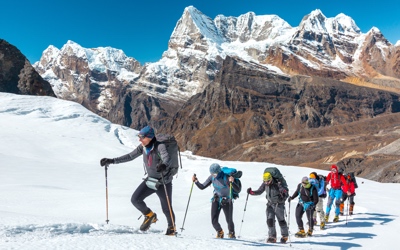
Collections
Hiking
82 Activities
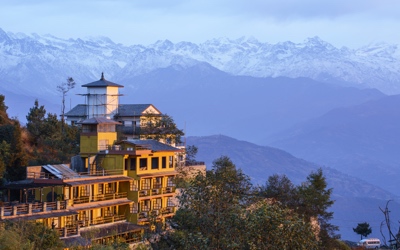
Collections
Nagarkot Trek
73 Activities
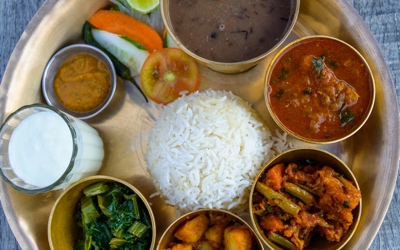
Collections
Food & Cooking
16 Activities
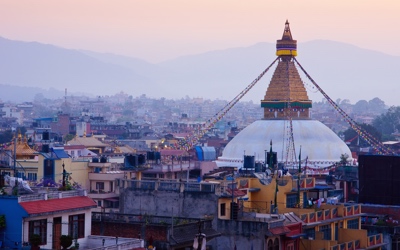
Collections
Kathmandu Valley
65 Activities
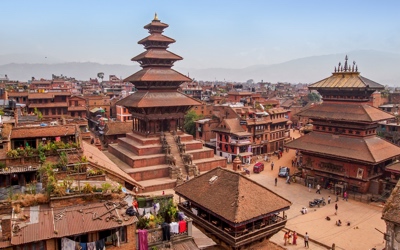
Collections
Sightseeing
58 Activities
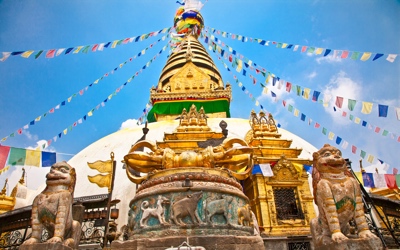
Collections
Temples Tour
22 Activities
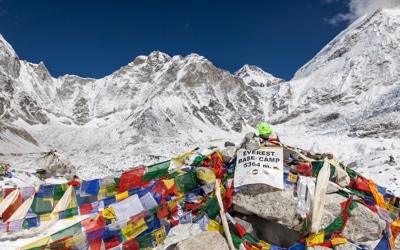
Collections
Everest Base Camp Trek
151 Activities
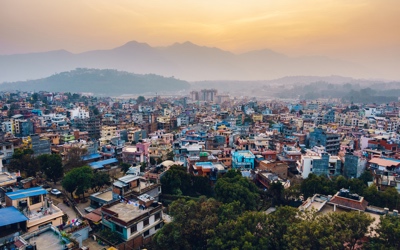
Collections
Other trips
96 Activities
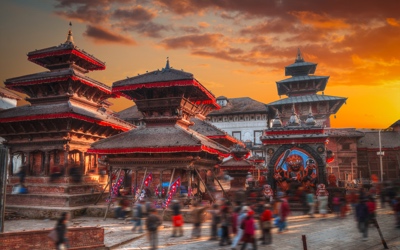
Collections
Patan Durbar
25 Activities
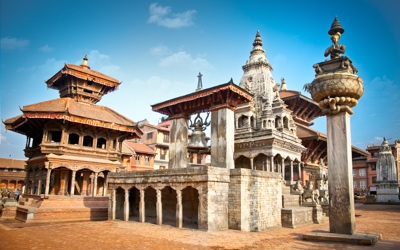
Collections
Bhaktapur
39 Activities

